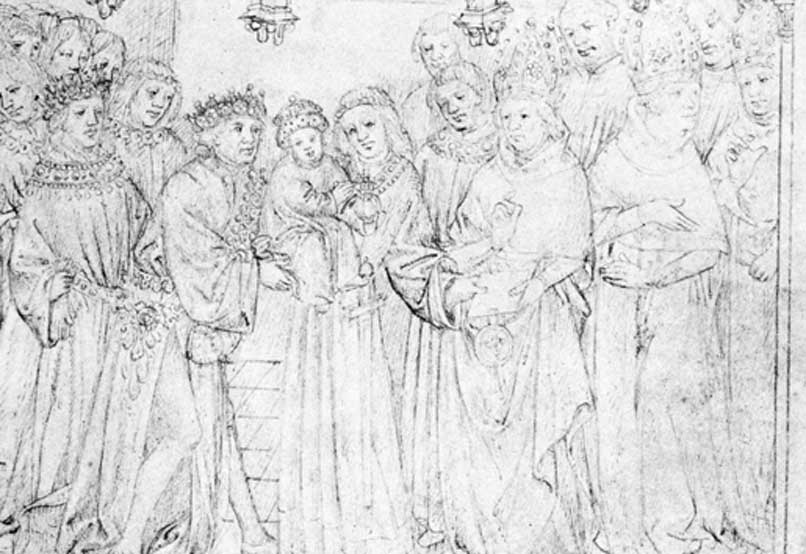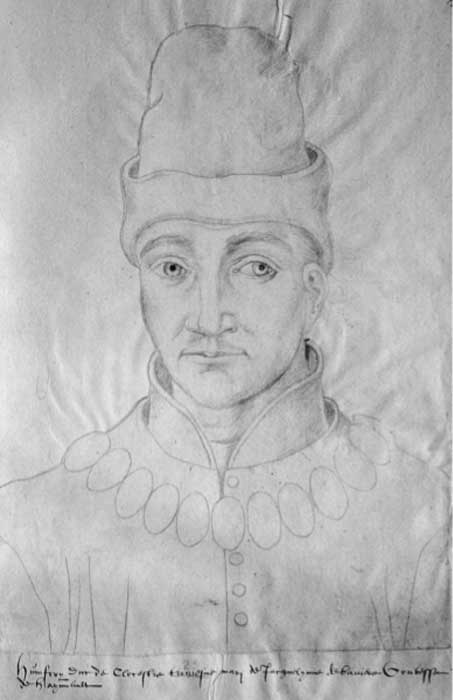
Witch of Eye Burned Alive at the Stake: Did She Use Black Magic to Bewitch a King in a Game of Thrones-Style Plot?
For over 900 years, people have been telling stories of wicked witches who have used Black Magic to overthrow kings. Morgan Le Fay in Arthurian legends of the early 12th century is thought to have inspired Melisandre in George R.R. Martin’s Game of Thrones. But has there ever been a real-life historical model for such a person?
In England, the prime candidate was Margery Jourdemayne, better known as the Witch of Eye, who in 1441 was accused of heretical witchcraft as part of a larger plot against King Henry VI. In fact, Margery’s case was so notorious she even features in William Shakespeare’s play History of Henry VI, Part II. However, before we meet Margery Jourdemayne, let’s first set the historical scene…
When a Baby Ruled All of England and France
The time was the mid-15th century and the location was England. On the throne was King Henry VI—the only child of Henry V, a monarch who had created an empire (during the long-running Hundred Years’ War AD 1337-to-1453) in which the kings of England controlled more of France than the kings of France. Following the unexpected death of King Henry V at the age of 36, his son acceded to the throne in 1422 when he was just nine months old. A few weeks later, he was also declared the king of France; not that any of this did young Henry any good as he was still an infant and all the powers of the state were exercised by a Regency Council comprising the leading dukes and earls of the realm.

Accession of Henry VI. He is shown at the age of nine months. (Public Domain)
Predictably, the nobles were more interested in what they could personally gain from being associated with the Regency Council, and very quickly dynastic splits began emerging as rival families vied for power and influence over the king. Among the most influential was the late King Henry V’s youngest brother Humphrey, Duke of Gloucester, who held the position of Lord Protector and Defender of the Realm.

A fifteenth century drawing of Gloucester (Public Domain)
In 1428 Humphrey had his first marriage annulled so he could marry his mistress Eleanor Cobham (sometime between 1428 and 1431) a woman variously described as “beautiful, intelligent, and ambitious…” “a woman distinguished in her form…” and “beautiful and marvelously pleasant.” Over the next few years, Humphrey and Eleanor lived at La Plesaunce, their own palace at Greenwich which rivaled the Royal Court in terms of its luxury. Then in 1435, Humphrey’s elder brother John, Duke of Bedford, died. This not only made Humphrey the most influential member of the Regency Council but also the ‘heir presumptive’ to the English throne.




